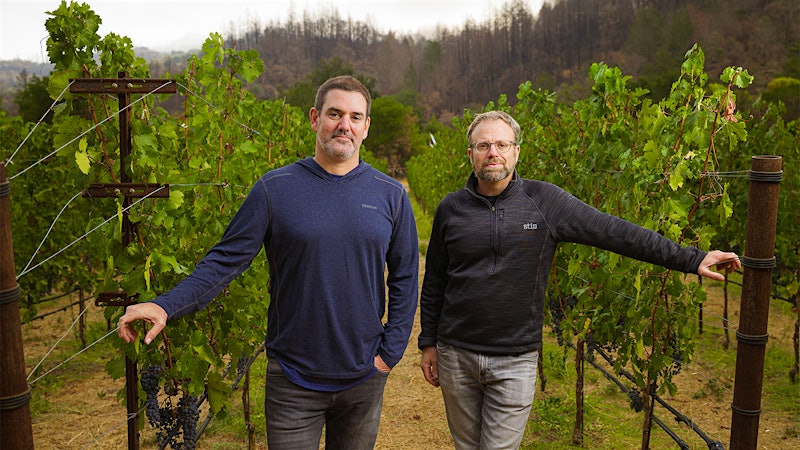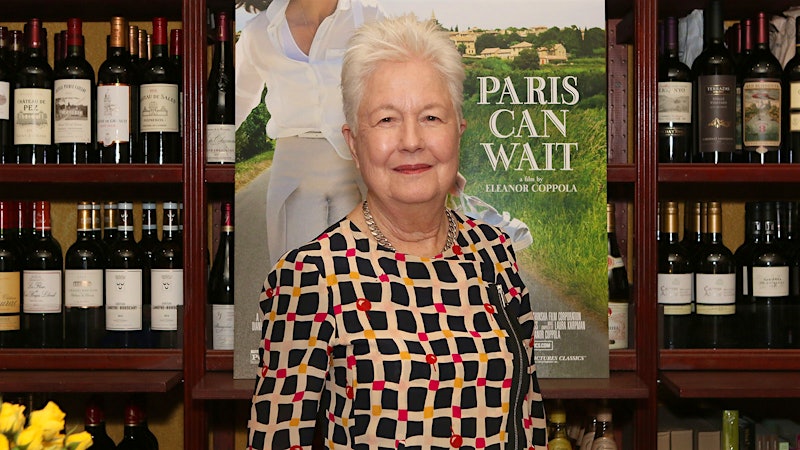2013 Southern Hemisphere Harvest Report: Argentina and Chile
Ready to taste the first wines of 2013? While vines are just flowering in Europe and North America, the Southern Hemisphere has picked, crushed and fermented this year's crop. Argentina and Chile experienced a cool growing season, which left vintners waiting for grapes to fully ripen. That wasn't a problem for big reds like Argentina's Malbecs and Chile's Cabernet Sauvignon, but it could be trouble for Chilean Sauvignon Blanc.
Here's a sneak peek at the upcoming vintage. Check out Wednesday's report on Australia and New Zealand and come back Friday for details on South Africa.
Argentina
The good news: A long, cool growing season produced what many winemakers are calling fresh wines
The bad news: Up and down temperatures tested winemakers’ patience and required long hang times for grapes to reach full maturation
Picking started: Harvest stretched from early March to mid-April, with most winemakers reporting that they picked five to 14 days later than usual
Promising grapes: Malbec, which dominates the country’s quality wine production, was able to fully ripen, yet cool temperatures, especially at night, helped preserve the grape’s intense acidity and aromatics
Analysis: Much needed spring rains and an absence of a major frost led to a good fruit set as Argentine winemakers reported normal to 25 percent higher yields. Hail damage, a regular threat in Mendoza’s high-altitude vineyards, was minimal and limited to Agrelo and Perdriel
The up-and-down growing season began warm, then turned cool. The heat returned for harvest, but a cold spell hit Mendoza during the middle of March, delaying maturation and picking. As a result, the grapes feature high acidity levels, low alcohol and fine tannins.
“Normal pH for Mendoza Malbec is 3.7 to 3.8,” said Achával-Ferrer president Santiago Achával. This year, even with a late harvest that extended into April, he said pH levels are between 3.5 and 3.6—meaning higher acidity levels and more vibrant wines. “This has never happened before and looks well for both the aromatic potential and for the ageability of the wines.”
 Malbec grapes await a trip to the Achával-Ferrer winery in Mendoza, Argentina. |
Chile
The good news: A slow, cool growing season made for elegant, aromatic wines; late-ripening varieties show the most promise
The bad news: With cooler temperatures from start to finish, early-ripening varieties, especially Sauvignon Blanc, struggled to reach full maturity
Picking started: Harvest lasted from mid-March to late-May—some winemakers say they picked three weeks later than normal
Promising grapes: Winemakers are optimistic about the late-ripening Cabernet Sauvignon and Carmenère, typically the last variety to be harvested
Analysis: For Chile, 2013 will be remembered as one of the coolest vintages in the past decade, with some winemakers calling it downright cold. “In general, it was cooler than normal across the entire season,“ said Byron Kosuge, a California-based winemaker who consults for Kingston Family in Casablanca Valley. “Highs were often 5 to 8 degrees lower than average.”
The vintage was also marked by a severe December rainstorm that especially affected the northern and southern appellations. While the rain was much needed in dry areas like Limarí, excessive rain early in the growing season can accentuate vegetal characteristics and force growers to further delay harvest. Early-ripening varieties, like Sauvignon Blanc, struggled to ripen. The best wines will come from those that prepared in the vineyard and managed yields.
“We were a bit more aggressive with our leafing from pretty early on (after set, when the berries were about pea-sized),” said Kosuge of the winery’s Sauvignon Blanc vines. “The idea was to get light to the clusters early, both to alter flavor development and to get the fruit acclimated to more light.”
Winemakers are most enthusiastic about their late-ripening reds, especially Cabernet Sauvignon, Carmenère and Pinot Noir, to some extent. Yet despite the long hangtime, most winemakers are reporting lighter, elegant wines, with lower alcohol levels, fresh acidity and light tannins. “It’s a good year for Carmenère,” said De Martino winemaker Marcelo Retamal.
 Punching down fermenting grape must at Kingston Family Vineyards in Chile. |











